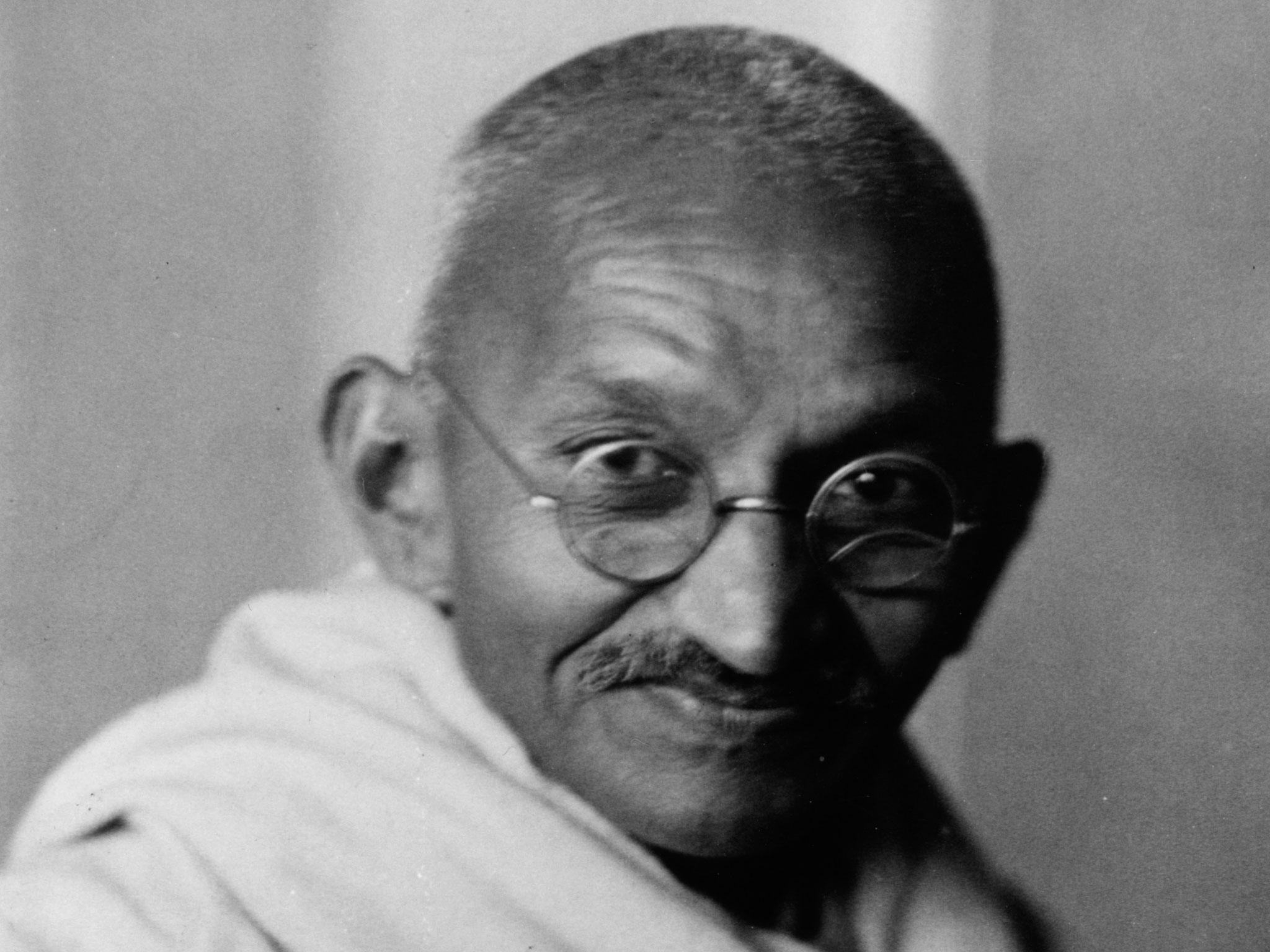India's War: the Making of Modern South Asia 1939-1945 by Srinath Raghavan, book review
Raghavan highlights India as a power in its own right, rather than a mere bastion of the British Empire

Your support helps us to tell the story
From reproductive rights to climate change to Big Tech, The Independent is on the ground when the story is developing. Whether it's investigating the financials of Elon Musk's pro-Trump PAC or producing our latest documentary, 'The A Word', which shines a light on the American women fighting for reproductive rights, we know how important it is to parse out the facts from the messaging.
At such a critical moment in US history, we need reporters on the ground. Your donation allows us to keep sending journalists to speak to both sides of the story.
The Independent is trusted by Americans across the entire political spectrum. And unlike many other quality news outlets, we choose not to lock Americans out of our reporting and analysis with paywalls. We believe quality journalism should be available to everyone, paid for by those who can afford it.
Your support makes all the difference.Srinath Raghavan's ambitious study of India's war intertwines five strands to shed light on the manifold dimensions of the Second World War. One is the strategic dimensions, highlighting India as a power in its own right, rather than a mere bastion of the British Empire, with a sphere of influence ranging from the Middle East to Central and East Asia.
Another is how the war drew India deeply into its arena as a result of the actions in Germany, Italy, Japan, America and further afield. Domestic politics is a third strand: India's involvement and contribution to the war, based on the viceroy's decision to enter without the consensus of leading nationalist politicians.
Politics too is a focus, especially the popular support for the war effort, which, in many cases, would divide political parties. Raghavan, a former army officer, also addresses the role played by Indian troops on the various fronts (so often ignored in histories) and he does so in minute detail.
This labyrinthine narrative begins with Gandhi and the then viceroy, Linlithgow, in 1913. Gandhi advocated "unconditional but non-violent support for the Raj"; his follower Rajagopalachari was ready to provide "wholehearted co-operation for gangsterism personified" if Britain would, in return, propose a timetable for granting Dominion status to India.
Opposed to the Gandhi faction was Subhash Chandra Bose, who would play one of the most controversial roles in the war by gaining significant local support for his pro-Japanese Indian National Army. Finally there was Nehru, the charismatic anti-fascist who opposed the Nazi invasion of Europe, but had no trust in Britain's plans for India's future. Raghavan's book details campaigns in Iraq, Africa, Burma and Malaya, alternating military history with stories of the ongoing struggle of British politicians to convince Indian politicians of India's obligation to the war effort.
An interesting and original observation is how, with the increasing demand for soldiers, the British starting recruiting from among the "lower" castes, departing from their policy of recruiting from among the so-called martial races of India.
Another question that arose in the early Forties was that of Japan's designs on Asia. Would the pro-Japanese stance of certain Indian political elements mean that they might be fooled by Japan's anti-imperialist statements, and would replace one colonial master with another?
The fall of Rangoon resulted in a massive exodus of Indians living in Burma, with as many as 50,0000 perishing on the way to safety in their homeland , creating deep new fissures in the fabric of Indian life.
Such anxieties caused world leaders to engage actively with India. America became increasingly aware of India's contributions but also of its accelerating political demand for independence.
China's Chiang Kai-shek attempted to persuade his friend Nehru of the threat of a Japanese invasion and his own views on Indian freedom.
Raghavan's study fulfils his mission in presenting readers with intertwined narratives of military campaigns, international strategies, and the rise of the freedom struggle that was to determine the future of the subcontinent.
It ends with a chapter on post-war developments, with John Maynard Keynes' ambivalent, even if "gracious acknowledgement of India's contribution to the war".
Today, Raghavan concludes, India, "if it is to revert to its older role as the pivot of Asian security, it will first have to aim at the economic and strategic integration of the subcontinent…. Only then can the rise of India – prefigured in the Second World War – be fully realised".
Allen Lane, £30. Order at £26 inc. p&p from the Independent Bookshop
Join our commenting forum
Join thought-provoking conversations, follow other Independent readers and see their replies
Comments